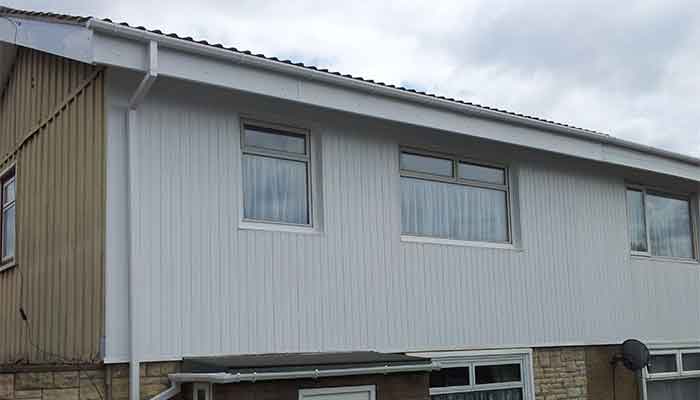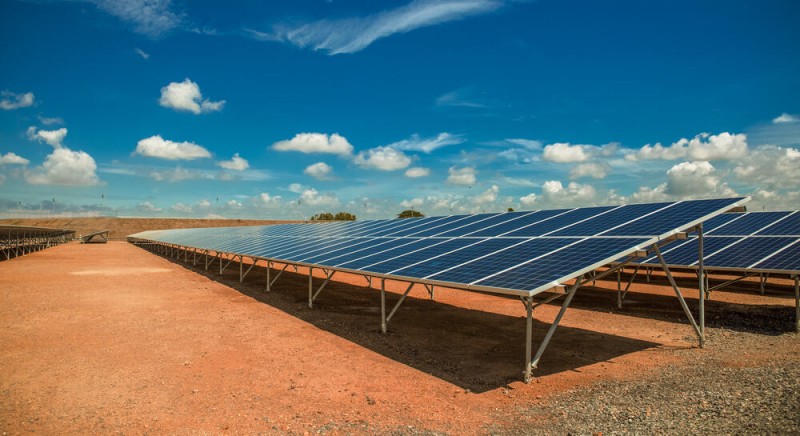
Cladding is the application of one layer over another in order to control the elements, or perhaps for aesthetic reasons. Cladding provides a control element to direct water and wind, and prevent infiltration of the building structure. This system is also used for sound insulation, which is important for some industries. Cladding can be vertical or horizontal, with vertical being the preferred design for most commercial properties.
Timber cladding
This was the original material used, and provides an attractive and durable finish. Timber cladding is mainly used for domestic buildings, especially in Scandinavia and parts of North America, where timber is abundant. The downside of using wood is the treatment it needs to protect it against the elements. For this reason, along with the scarcity of timber today, people are turning to composite cladding, as it is more efficient and low maintenance.

Aluminium composite cladding
Modern designs incorporate the use of aluminium panels that are relatively inexpensive, and provide the perfect screening solution for large commercial premises. If your factory is in need of a make-over, and you are looking for aluminium cladding in Melbourne, there are online suppliers who can provide the ideal solution, and with a range of colours and finishes available, you can enhance the look of your business.
Insulation properties
One of the main reasons for cladding is the insulation it provides. A large wall that is exposed to direct sunlight will cause the interior temperature to rise, which makes your a/c system work harder, costing you more money. By leaving an air gap between the exterior and interior surface, insulation is increased by allowing air to freely circulate.
Sound insulation
Large manufacturing plants make noise, and in an industrial zone with many other factories nearby, there is a need for efficient sound insulation. By adding a layer of special insulated material between the cladding and the old surface, you can significantly reduce sound levels. This cost-effective solution is very popular, with most factory and warehouse environments using aluminium cladding on all their exterior walls.

Design options
There are a variety of colours and finishes available, which means there will be the perfect combination for your commercial property, and with professional installation, your business exterior will reflect the organisation within.
Installation
Aluminium cladding is easy to install, as the panels can be cut to size, allowing for a complete, tailored covering of the surfaces. The panels are fixed so that no fittings are visible from the exterior, which gives a sleek, modern look. Thermal expansion will occur, and modern cladding can absorb this without any warping or twisting, as the entire surface can move slightly in any direction. A professional cladding company will survey the premises beforehand, and your cladding will fit perfectly onto the existing surface, giving you sound and heat insulation, as well as added security.
With all businesses looking to save money and increase efficiency, aluminium cladding provides a cost-effective way to protect your property against the harsh elements, while improving the look of the building.











